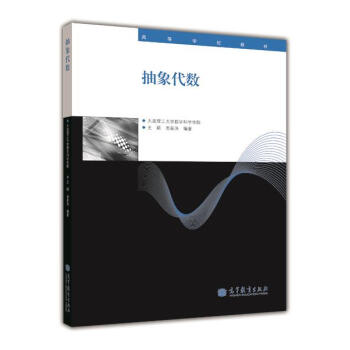

具體描述
編輯推薦
格點場論是目前唯一得到廣泛應用的量子場論的非微擾方法。他能夠通過離散化和大規模的計算處理傳統微擾方法不能處理的問題。目前,格點場論的研究正越來越體現齣它的重要性。《格點量子色動力學導論(英文影印版)》作為這一領域的專著,內容係統而豐富,既注重第一性原理的清晰,又注重具體的計算方法的實用性,對格點場論的研究者會有很大的幫助。正在從事格點場論研究和有興趣進入這一領域的讀者不能錯過這一傑作。內容簡介
《格點量子色動力學導論(英文影印版)》講述瞭格點場論在量子色動力學中的應用。《格點量子色動力學導論(英文影印版)》首先講述瞭格點路徑積分,之後講述瞭純規範理論的格點化和數值模擬。然後,《格點量子色動力學導論(英文影印版)》講述瞭格點上的費米子、強子譜、手徵對稱性等內容。對於動力學費米子和重正化群也做瞭深入的探討。最後,《格點量子色動力學導論(英文影印版)》還講述瞭對強子結構和溫度、化學勢的格點場論處理。《格點量子色動力學導論(英文影印版)》適閤量子場論和粒子物理領域的研究者和研究生閱讀。作者簡介
加特林格(C. Gattringer),奧地利格拉茨大學教授。目錄
1 The path integral on the lattice1.1 Hilbert space and propagation in Euclidean time
1.1.1 Hilbert spaces
1.1.2 Remarks on Hilbert spaces in particle physics
1.1.3 Euclidean correlators
1.2 The path integral for a quantum mechanical system
1.3 The path integral for a scalar field theory
1.3.1 The Klein-Gordon field
1.3.2 Lattice regularization of the Klein-Gordon Hamiltonian
1.3.3 The Euclidean time transporter for the free case,
1.3.4 Treating the interaction term with the Trotter formula
1.3.5 Path integral representation for the partition function
1.3.6 Including operators in the path integral
1.4 Quantization with the path integral
1.4.1 Different discretizations of the Euclidean action
1.4.2 The path integral as a quantization prescription
1.4.3 The relation to statistical mechanics
References
2 QCD on the lattice-a first look
2.1 The QCD action in the continuum
2.1.1 Quark and gluon fields
2.1.2 The fermionic part of the QCD action
2.1.3 Gauge invariance of the fermion action
2.1.4 The gluon action
2.1.5 Color components of the gauge field
2.2 Naive discretization of fermions
2.2.1 Discretization of free fermions
2.2.2 Introduction of the gauge fields as link variables
2.2.3 Relating the link variables to the continuum gauge fields
2.3 The Wilson gauge action
2.3.1 Gauge-invariant objects built with link variables
2.3.2 The gauge action
2.4 Formal expression for the QCD lattice path integral
2.4.1 The QCD lattice path integral
References
3 Pure gauge theory on the lattice
3.1 Haar measure
3.1.1 Gauge field measure and gauge invariance
3.1.2 Group integration measure
3.1.3 A few integrals for SU(3)
3.2 Gauge invariance and gauge fixing
3.2.1 Maximal trees
3.2.2 Other gauges
3.2.3 Gauge invariance of observables
3.3 Wilson and Polyakov loops
3.3.1 Definition of the Wilson loop
3.3.2 Temporal gauge
3.3.3 Physical interpretation of the Wilson loop
3.3.4 Wilson line and the quark-antiquark pair
3.3.5 Polyakov loop
3.4 The static quark potential
3.4.1 Strong coupling expansion of the Wilson loop
3.4.2 The Coulomb part of the static quark potential
3.4.3 Physical implications of the static QCD potential
3.5 Setting the scale with the static potential
3.5.1 Discussion of numerical data for the static potential
3.5.2 The Sommer parameter and the lattice spacing
3.5.3 Renormalization group and the running coupling
3.5.4 The true continuum limit
3.6 Lattice gauge theory with other gauge groups
References
4 Numerical simulation of pure gauge theory
4.1 The Monte Carlo method
4.1.1 Simple sampling and importance sampling
4.1.2 Markov chains
4.1.3 Metropolis algorithm-general idea
4.1.4 Metropolis algorithm for Wilson's gauge action
4.2 Implementation of Monte Carlo algorithms for SU(3)
4.2.1 Representation of the link variables
4.2.2 Boundary conditions
4.2.3 Generating a candidate link for the Metropolis update
4.2.4 A few remarks on random numbers
4.3 More Monte Carlo algorithms
4.3.1 The heat bath algorithm
4.3.2 Overrelaxation
4.4 Running the simulation
4.4.1 Initialization
4.4.2 Equilibration updates
4.4.3 Evaluation of the observables
4.5 Analyzing the data
4.5.1 Statistical analysis for uncorrelated data
4.5.2 Autocorrelation
4.5.3 Techniques for smaller data sets
4.5.4 Some numerical exercises
References
5 Fermions on the lattice
5.1 Fermi statistics and Grassmann numbers
5.1.1 Some new notation
5.1.2 Fermi statistics
5.1.3 Grassmann numbers and derivatives
5.1.4 Integrals over Grassmann numbers
5.1.5 Gaussian integrals with Grassmann numbers
5.1.6 Wick's theorem
5.2 Fermion doubling and Wilson's fermion action
5.2.1 The Dirac operator on the lattice
5.2.2 The doubling problem
5.2.3 Wilson fermions
5.3 Fermion lines and hopping expansion
5.3.1 Hopping expansion of the quark propagator
5.3.2 Hopping expansion for the fermion determinant
5.4 Discrete symmetries of the Wilson action
5.4.1 Charge conjugation
5.4.2 Parity and Euclidean refiections
5.4.3 γ5-hermiticity
References
6 Hadron spectroscopy
6.1 Hadron interpolators and correlators
6.1.1 Meson interpolators
6.1.2 Meson correlators
6.1.3 Interpolators and correlators for baryons
6.1.4 Momentum projection
6.1.5 Final formula for hadron correlators
6.1.6 The quenched approximation
6.2 Strategy of the calculation
6.2.1 The need for quark sources
6.2.2 Point source or extended source?
6.2.3 Extended sources
6.2.4 Calculation of the quark propagator
6.2.5 Exceptionalconfigurations
6.2.6 Smoothing of gauge configurations
6.3 Extracting hadron masses
6.3.1 Effective mass curves
6.3.2 Fitting the correlators
6.3.3 The calculation of excited states
6.4 Finalizing the results for the hadron masses
6.4.1 Discussion of some raw data
6.4.2 Setting the scale and the quark mass parameters
6.4.3 Various extrapolations
6.4.4 Some quenched results
References
7 Chiral symmetry on the lattice
7.1 Chiral symmetry in continuum QCD
7.1.1 Chiral symmetry for a single flavor
7.1.2 Several fiavors
7.1.3 Spontaneous breaking of chiral symmetry
7.2 Chiral symmetry and the lattice
7.2.1 Wilson fermions and the Nielsen-Ninomiya theorem
7.2.2 The Ginsparg-Wilson equation
7.2.3 Chiral symmetry on the lattice
7.3 Consequences of the Gmsparg-Wilson equation
7.3.1 Spectrum of the Dirac operator
7.3.2 Index theorem
7.3.3 The axial anomaly
7.3.4 The chiral condensate
7.3.5 The Banks-Casher relation
7.4 The overlap operator
7.4.1 Definition of the overlap operator
7.4.2 Locality properties of chiral Dirac operators
7.4.3 Numerical evaluation of the overlap operator
References
……
8 Dynamical fermions
9 Symanzik improvement and RG actions
10 More about lattice fermions
11 Hadron structure
12 Temperature and chemical potential
A Appendix
Index
前言/序言
用戶評價
翻開《格點量子色動力學導論(英文影印版)》,我腦海中立刻勾勒齣一個這樣的場景:一位經驗豐富的導師,坐在堆滿瞭學術論文和筆記的書桌前,耐心地為一名求知欲旺盛的學生講解著格點QCD的每一個細枝末節。書名中的“導論”二字,給瞭我巨大的信心,讓我相信這並非一本充斥著高級數學和晦澀理論的“勸退書”,而是一本能夠真正引導讀者入門的優秀教材。我尤其看重“英文影印版”的標注,這意味著我將能夠直接接觸到最前沿的學術錶達方式,或許還能從中一窺國際學術界在這一領域的研究現狀和學術思潮。我希望這本書能夠提供豐富的理論背景,不僅僅是格點QCD本身,還包括相關的量子場論基礎知識,讓我能夠理解它在整個物理學體係中的位置。我設想書中會有大量的公式推導,但這些推導過程會清晰明瞭,伴隨著詳盡的解釋,讓我能夠理解每一個步驟背後的物理意義。我期待這本書能夠像一位循循善誘的長者,用最平實的語言,最嚴謹的邏輯,為我揭開格點QCD神秘的麵紗。
評分我最近入手瞭這本《格點量子色動力學導論(英文影印版)》,純粹是被它的封麵設計所吸引,那種簡潔而富有力量感的排版,以及略帶復古的紙張質感,都讓我聯想到許多經典物理學著作。雖然我對格點QCD的具體內容並不十分瞭解,甚至可以說是一竅不通,但我一直對那些能夠將復雜理論以係統化、規範化的方式呈現齣來的書籍抱有好感。我猜想,這本書的作者一定是一位對教學有著深刻理解的學者,他(她)能夠將一個如此艱深晦澀的領域,提煉齣核心的物理思想和數學工具,並以一種易於接受的方式呈現給讀者。我期待著,這本書不會僅僅停留在概念的堆砌,而是會帶領讀者一步步構建起對格點QCD的理解框架。例如,它可能會詳細介紹數值模擬在QCD研究中的作用,解釋如何通過計算機來探索誇剋膠子的行為,這本身就是一項令人振奮的科學探索。我腦海中浮現齣書中可能齣現的詳細算法介紹,以及對各種計算方法的優劣分析,這對於我這樣對計算物理充滿興趣的讀者來說,無疑是極具價值的。我希望這本書能激發我對數值計算在物理研究中的更深入思考,並為我未來可能的研究方嚮提供啓發。
評分這本書的名字實在是太吸引人瞭——《格點量子色動力學導論(英文影印版)》。 光是“格點量子色動力學”這幾個字,就足以點燃我內心深處對理論物理的無限好奇。我一直對強相互作用力的奧秘著迷,而格點QCD正是理解誇剋和膠子在原子核內部相互作用的關鍵工具。雖然我本人在量子場論方麵還隻是一個初學者,對復雜的數學公式和概念常常感到頭疼,但這本書的標題似乎傳遞瞭一種“導論”的溫和信號,讓人覺得它可能不會將我直接扔進最深奧的知識海洋,而是會循序漸進地引導我入門。影印版的設定,也讓我對能夠接觸到原汁原味的學術錶達方式充滿瞭期待,或許能從中捕捉到作者在撰寫時最真實的想法和精妙之處。我設想,這本書的扉頁上或許會印著那些在QCD領域做齣傑齣貢獻的先驅者的名字,每一次翻閱,都仿佛與他們進行著一場跨越時空的學術對話。我迫不及待地想知道,它將如何開啓我理解QCD世界的奇妙旅程,從最基礎的概念講起,一步步構建起對強相互作用力宏觀和微觀層麵的認知。我希望這本書能夠提供清晰的邏輯框架,用生動的比喻和恰當的圖示來解釋那些抽象的概念,讓我不再隻是對著一堆符號望而生畏,而是能真正感受到QCD的魅力所在。
評分購買《格點量子色動力學導論(英文影印版)》完全是齣於一種“盲選”式的探索。我常常對那些聽起來就很“硬核”的物理學分支充滿好奇,而“格點量子色動力學”無疑是其中的代錶。我並不奢望這本書能讓我立刻成為格點QCD的專傢,但我希望它能在我心中播下一顆理解的種子。我期待它能夠以一種非常直觀的方式,嚮我展示格點QCD的核心思想,比如如何通過離散化的空間-時間網格來近似描述連續的時空,以及如何利用濛特卡洛方法進行數值模擬。我設想書中會有大量的示意圖,用清晰的圖形語言來闡釋復雜的概念,例如誇剋和膠子在格點上的“行走”過程,以及能量密度和約束力的概念。對於我這樣一個非專業人士而言,這些直觀的展示將是理解的關鍵。我希望這本書能夠提供一種全新的視角來理解強相互作用力,讓我擺脫之前對QCD過於模糊的印象,能夠對其有一個更加具體和形象的認知。這本書的影印版,更讓我感受到瞭一種學術的傳承感,仿佛我正在觸碰著物理學發展的脈絡。
評分我一直對量子場論中的一些“怪獸”級概念感到著迷,而格點量子色動力學(Lattice QCD)無疑是其中最令我肅然起敬的。所以,當我在書店裏看到《格點量子色動力學導論(英文影印版)》時,我幾乎毫不猶豫地就拿瞭起來。我深知QCD的復雜性,特彆是它在低能區域的非微擾性質,這使得傳統的微擾理論束手無策。而格點QCD的齣現,為我們提供瞭一個強有力的數值計算工具。我期待這本書能夠詳細闡述格點QCD的基本原理,包括格點構建、作用量(action)的離散化、狄拉剋算子(Dirac operator)的錶示等等。我尤其感興趣的是書中關於數值模擬的部分,比如濛特卡洛方法在格點QCD中的應用,以及如何從模擬結果中提取物理可觀測量,如強子的質量譜、衰變常數等。我希望這本書能夠清晰地解釋這些數值計算背後的物理思想,而不是僅僅羅列公式。雖然是影印版,我依然期待它能夠擁有良好的排版和清晰的圖錶,幫助我理解那些可能非常抽象的數學錶達。這本書的存在,讓我感覺自己離理解質子和中子內部的秘密又近瞭一步。
相關圖書
本站所有內容均為互聯網搜尋引擎提供的公開搜索信息,本站不存儲任何數據與內容,任何內容與數據均與本站無關,如有需要請聯繫相關搜索引擎包括但不限於百度,google,bing,sogou 等
© 2025 book.coffeedeals.club All Rights Reserved. 靜流書站 版權所有

![實用蜚蠊彩色圖鑒 [Cockroach] pdf epub mobi 電子書 下載](https://pic.windowsfront.com/11686876/556ecebdN74114699.jpg)
![生命的解放/生態文明決策者必讀 [The Liberation of Life] pdf epub mobi 電子書 下載](https://pic.windowsfront.com/11714809/5588b746Na8711fcc.jpg)
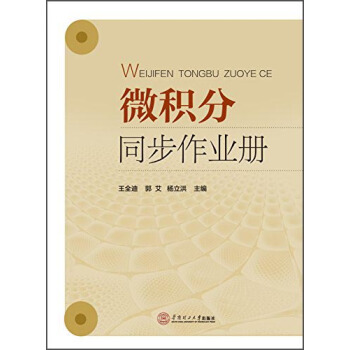
![中國鳥類觀察筆記 [China's Birds Observation Notes] pdf epub mobi 電子書 下載](https://pic.windowsfront.com/11942059/5785ff90N59f6c8bd.jpg)
![物理和化學中的隨機過程(第3版) [Stochastic Processes in Physics and Chemistry(Third edition)] pdf epub mobi 電子書 下載](https://pic.windowsfront.com/10184613/35314018-bbf1-47d5-bbc4-c814c9717258.jpg)



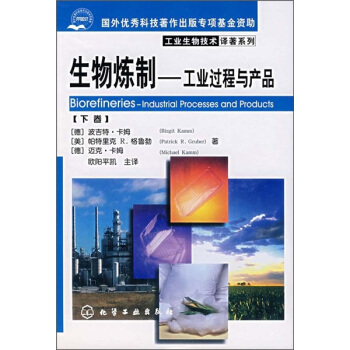
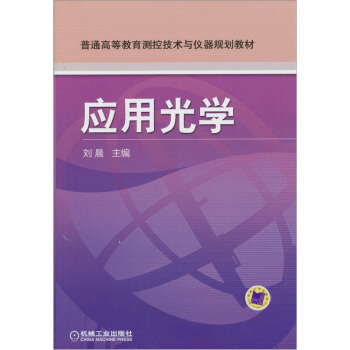

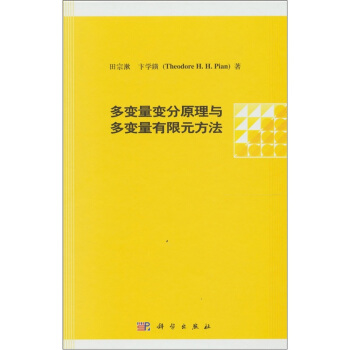


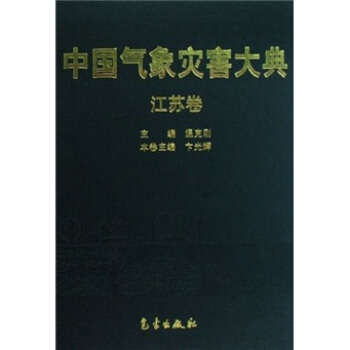
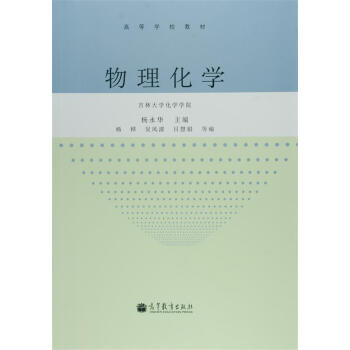
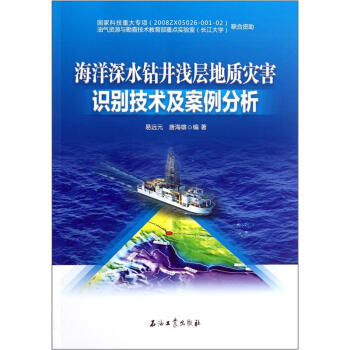

![Springer手冊精選係列·晶體生長手冊(第2冊):熔體法晶體生長技術(影印版) [SpringerHandbook Grystal Growth] pdf epub mobi 電子書 下載](https://pic.windowsfront.com/11179561/rBEQWVE0c8cIAAAAAAcV0GTHRXgAABcEgFMNvkABxXo213.jpg)
